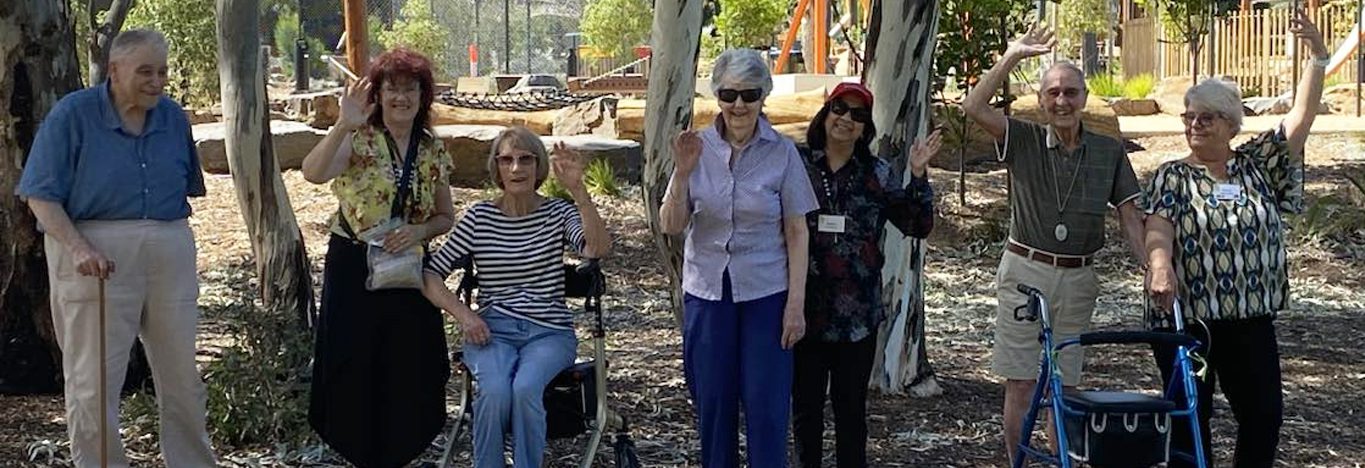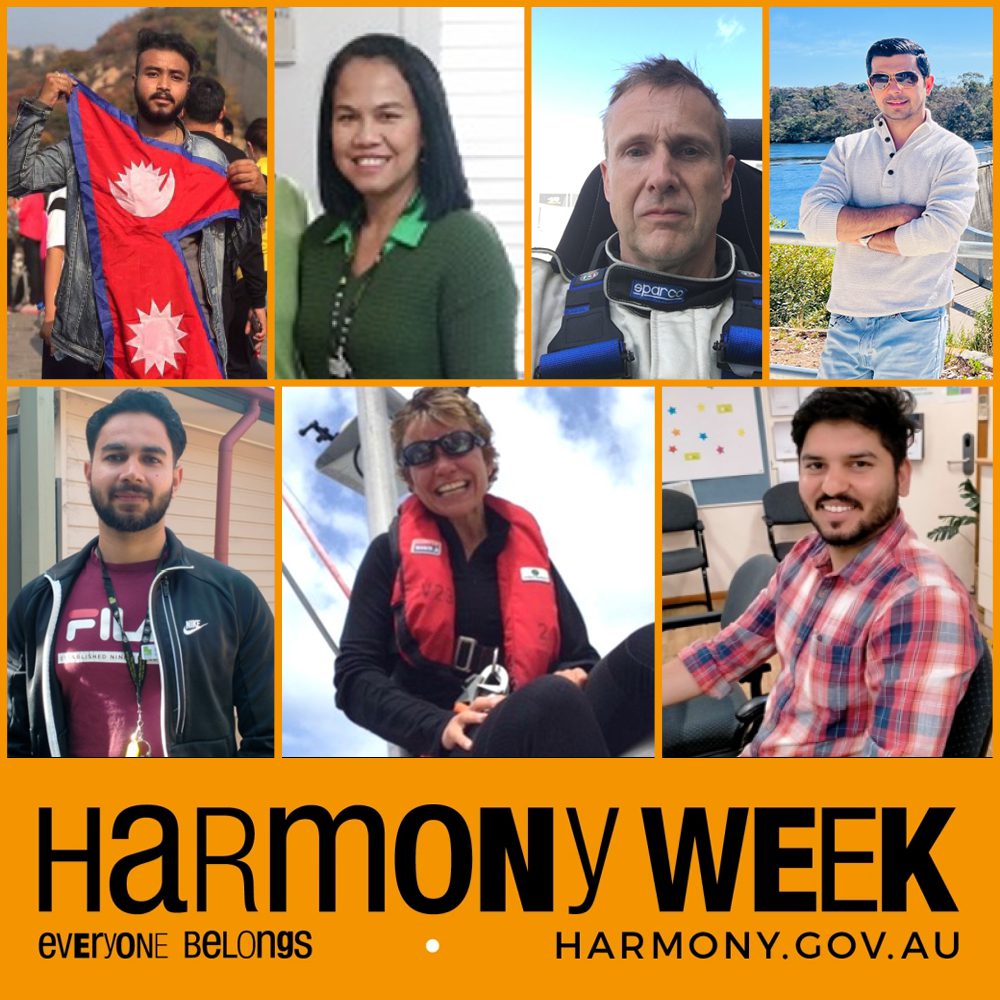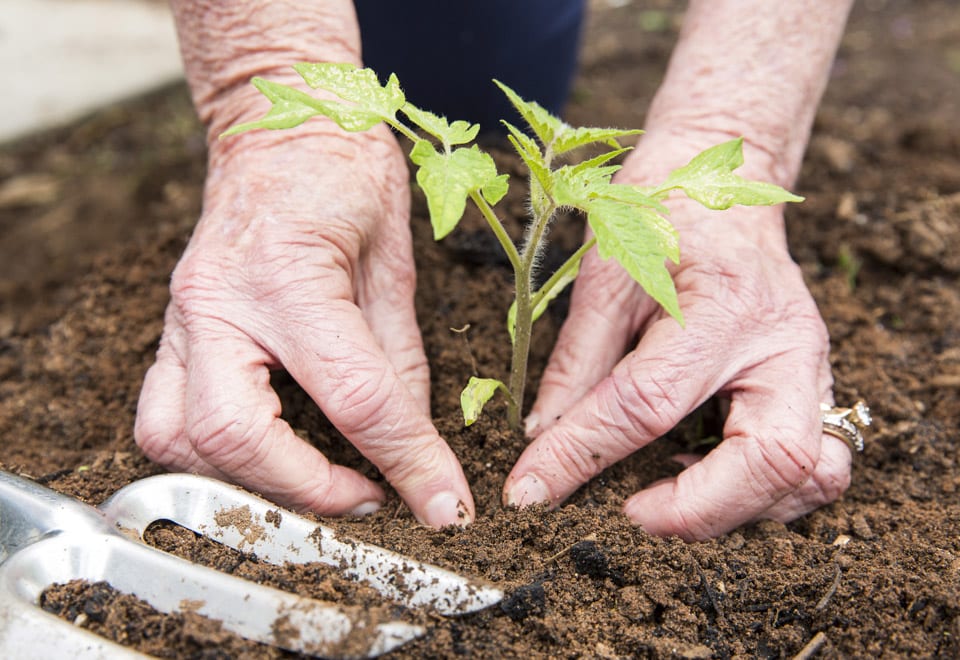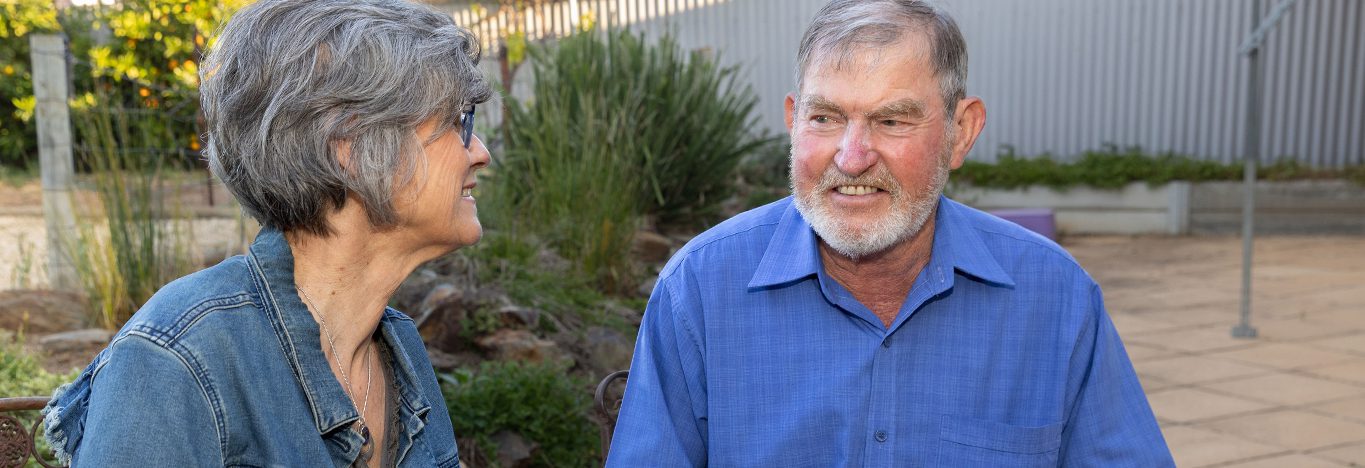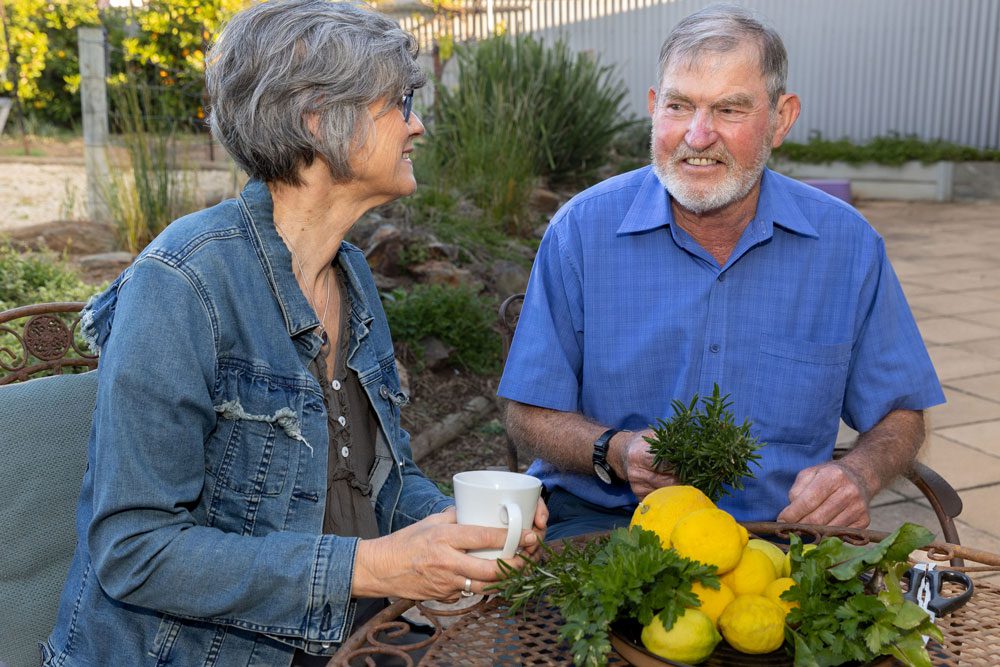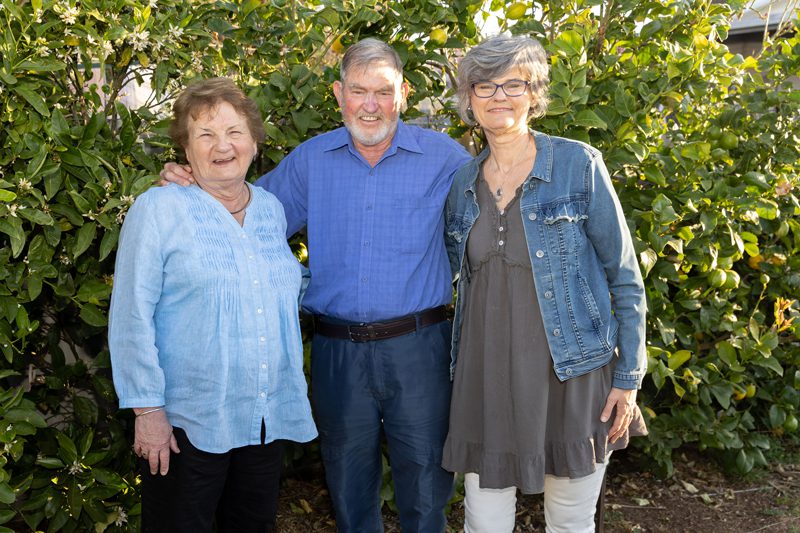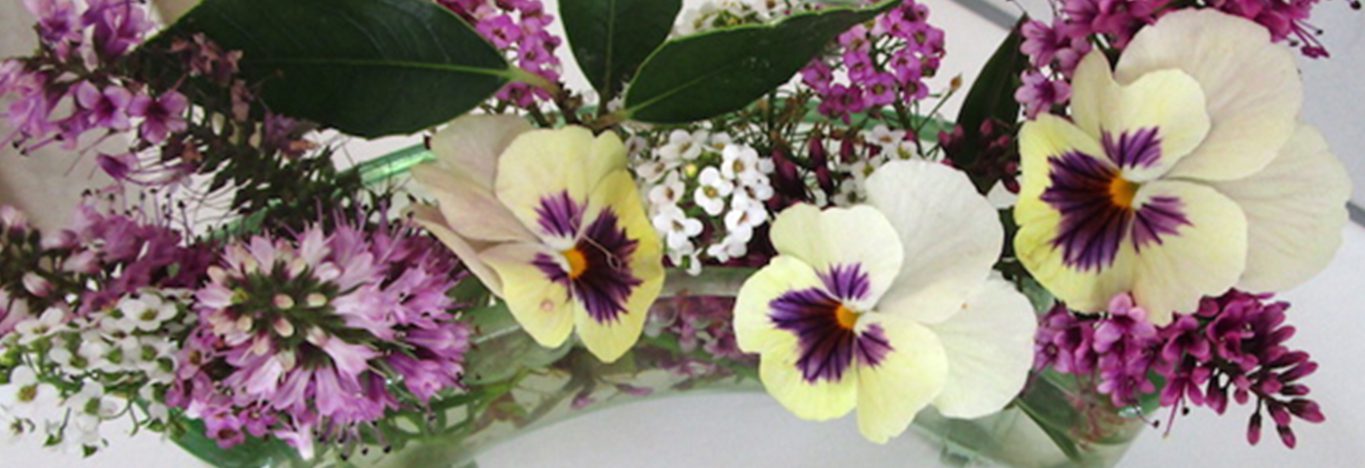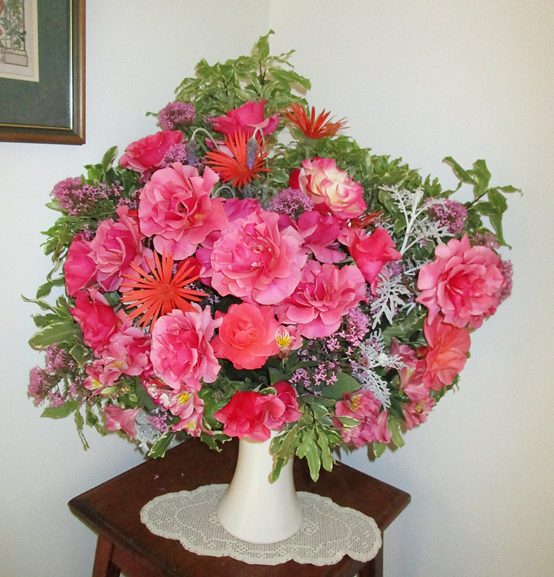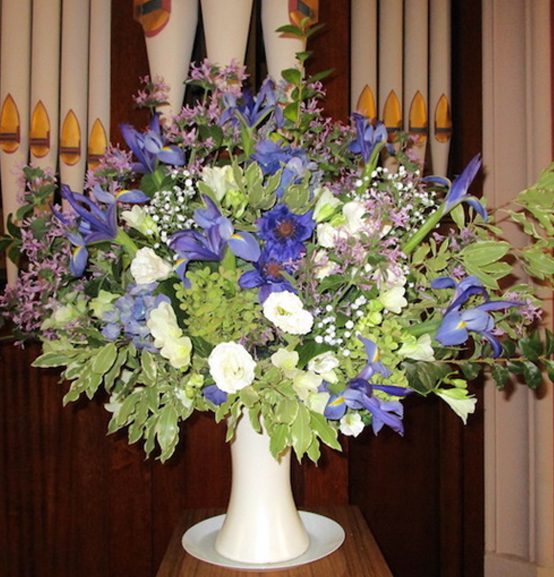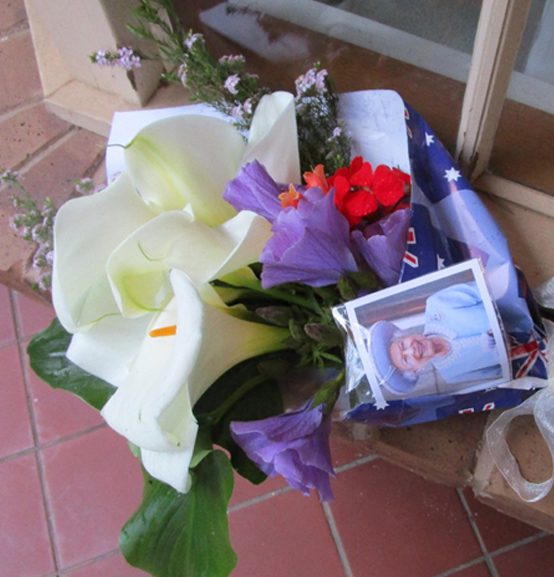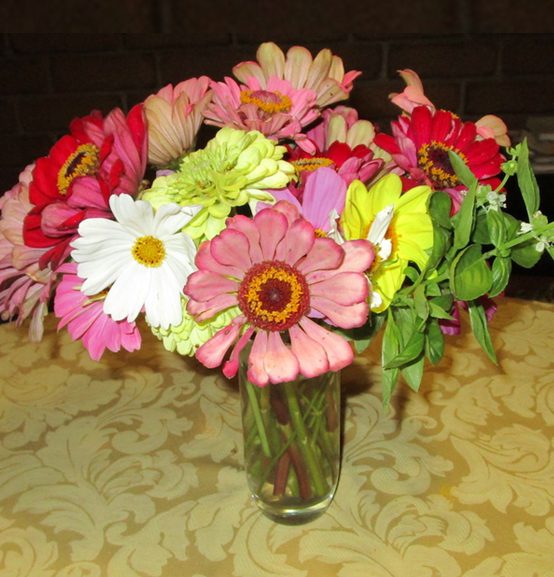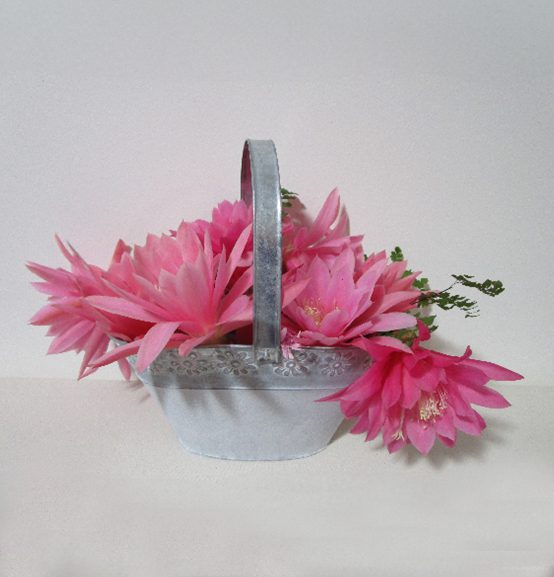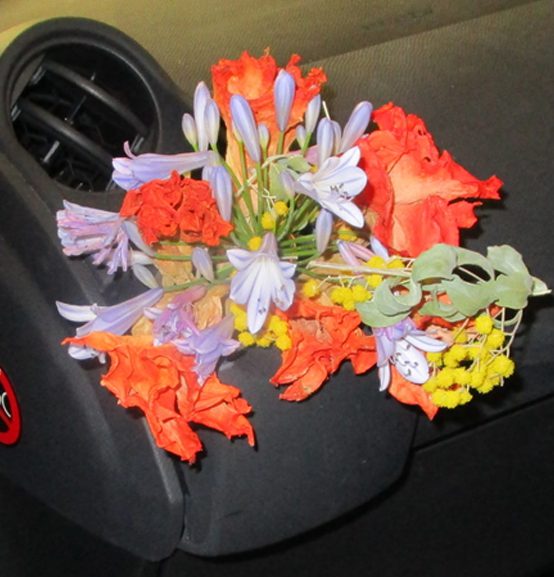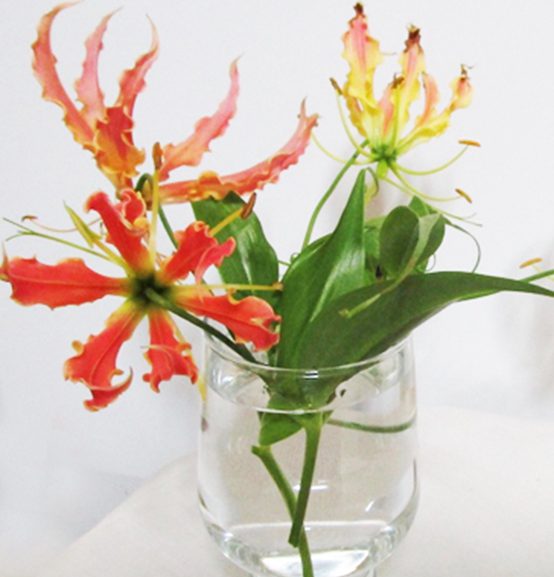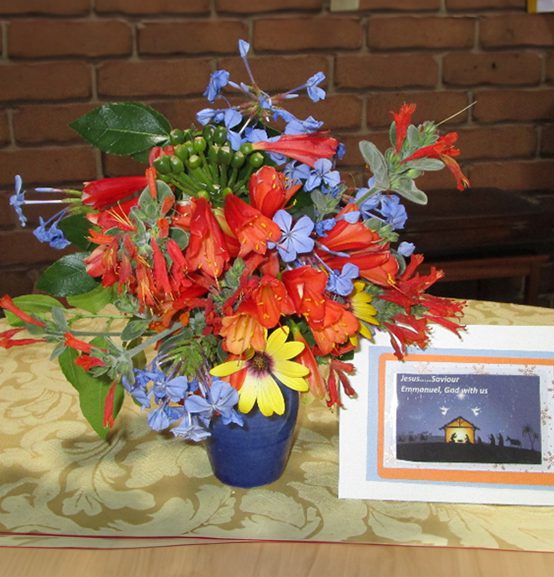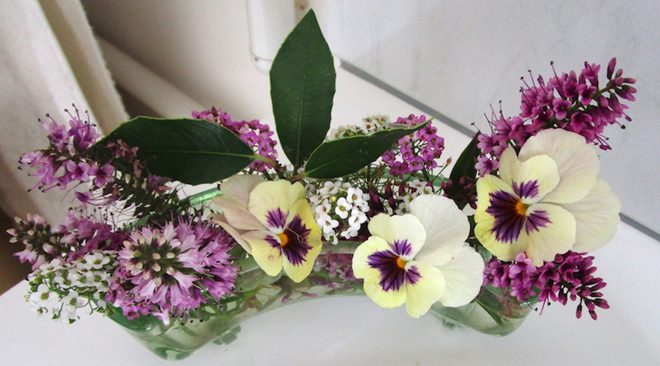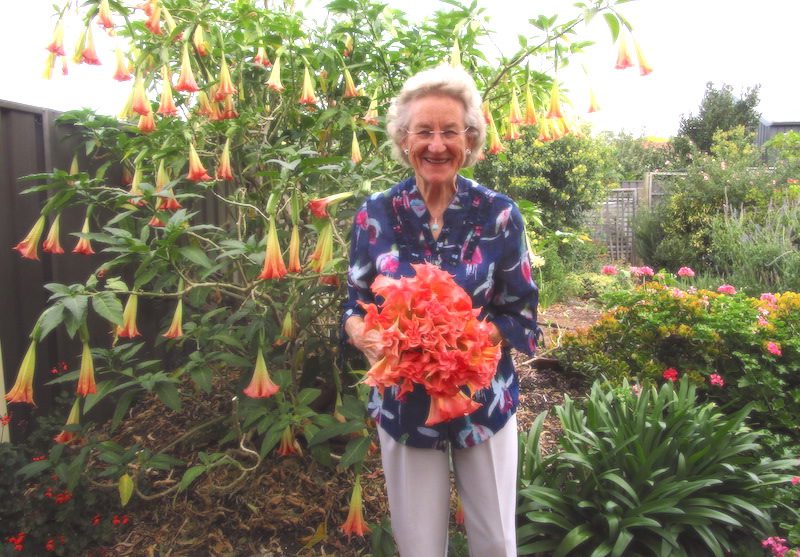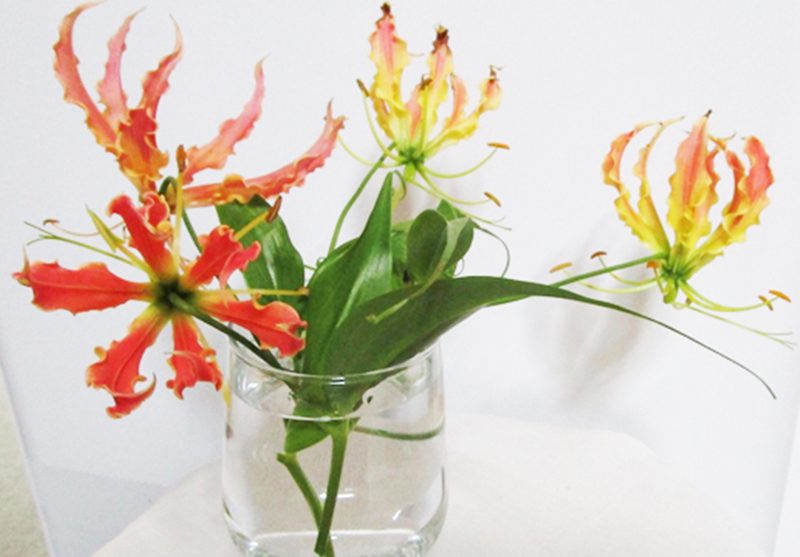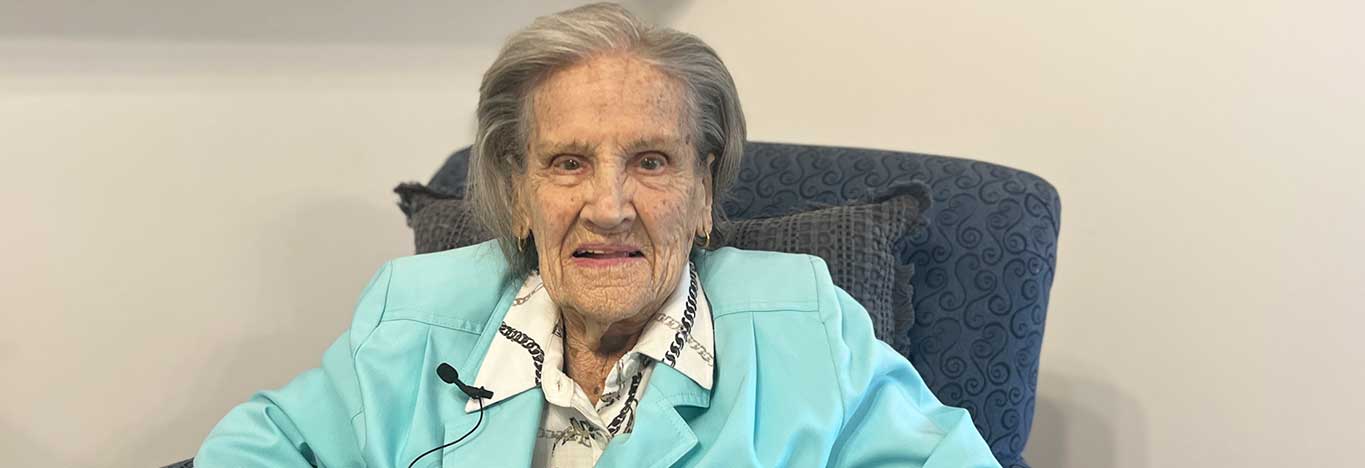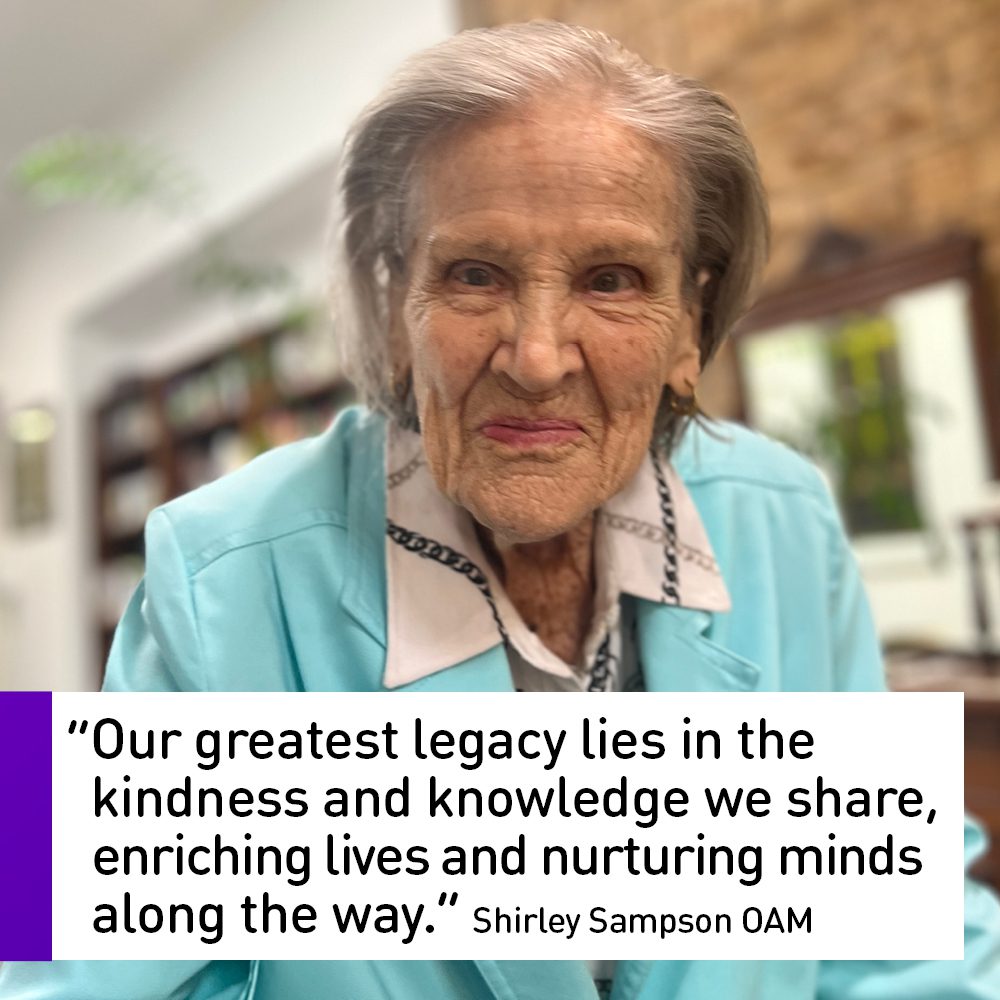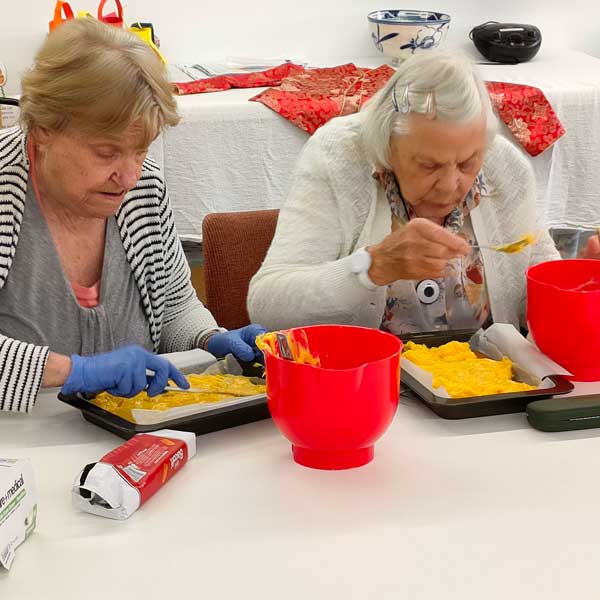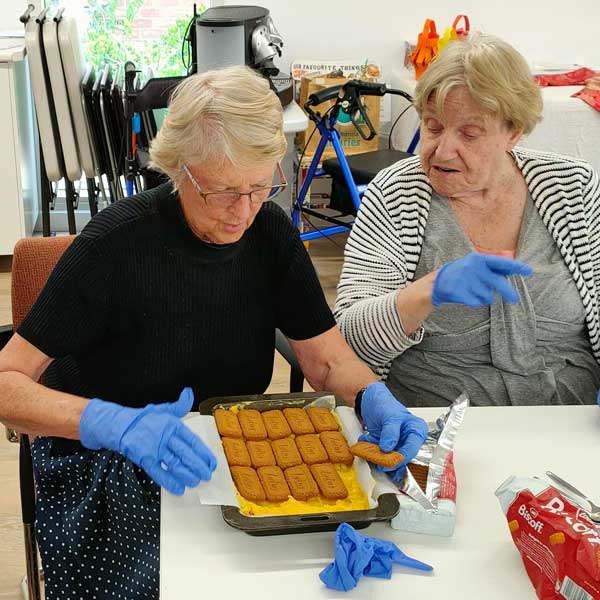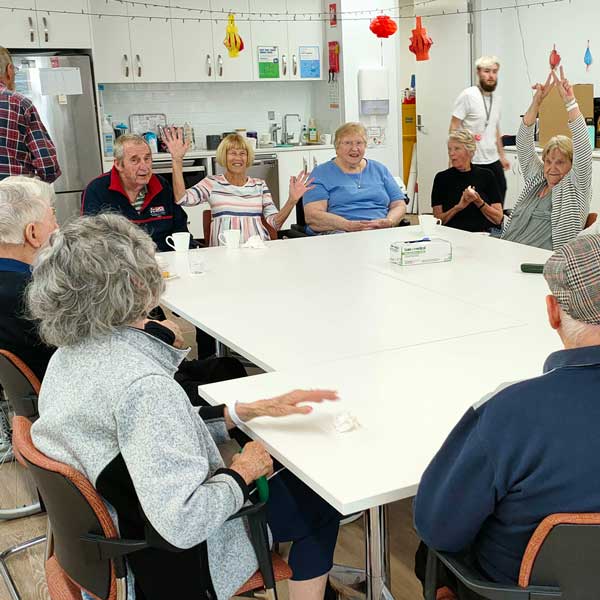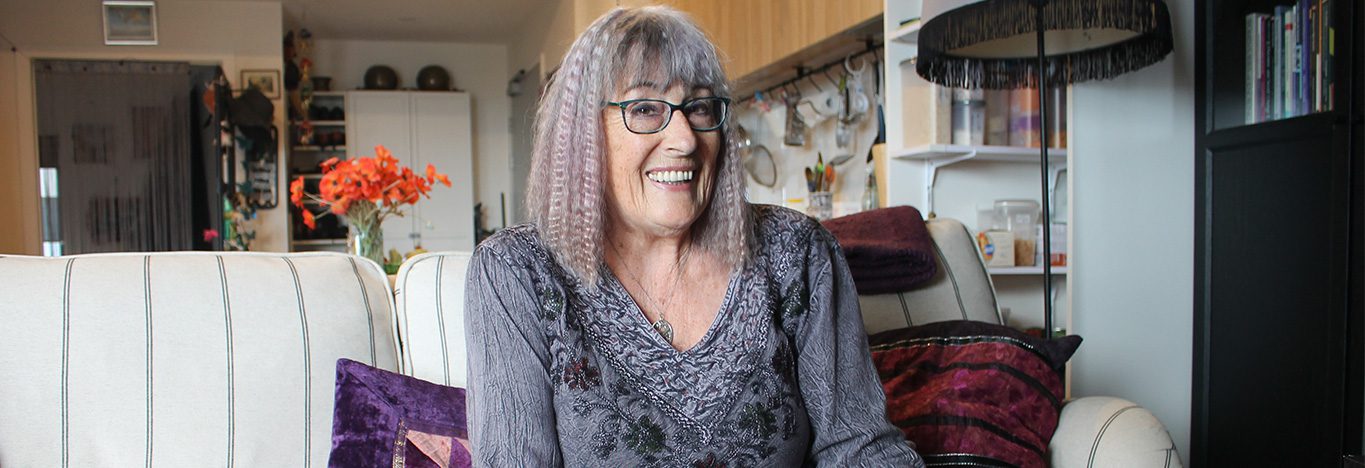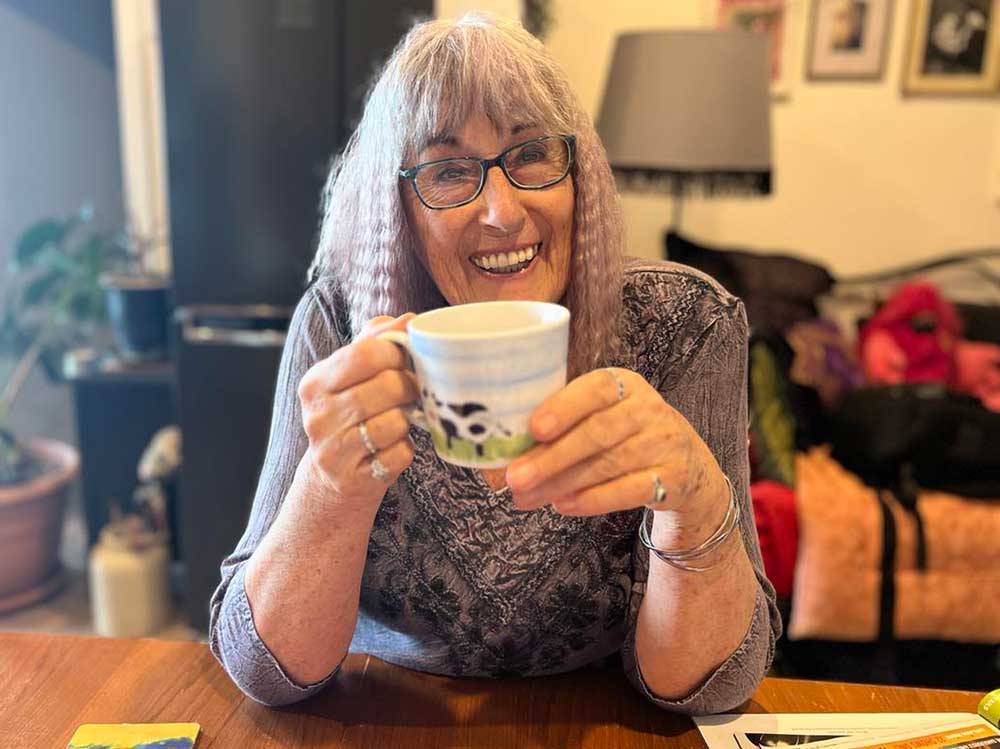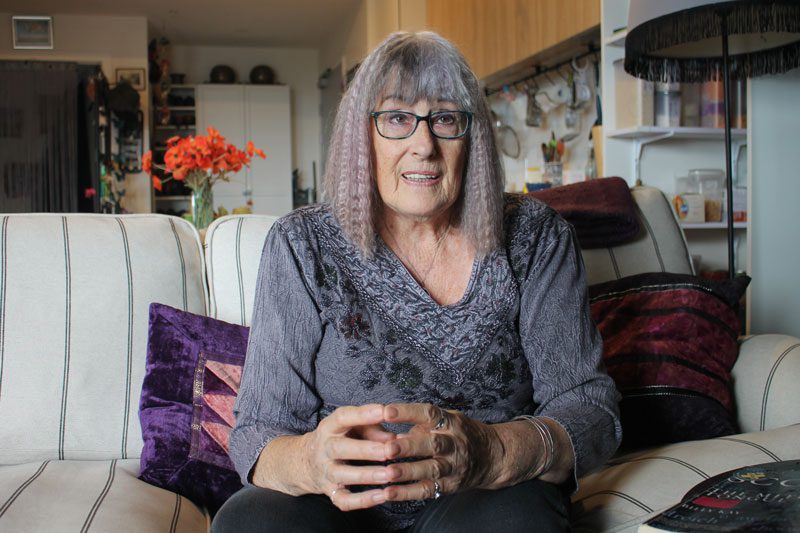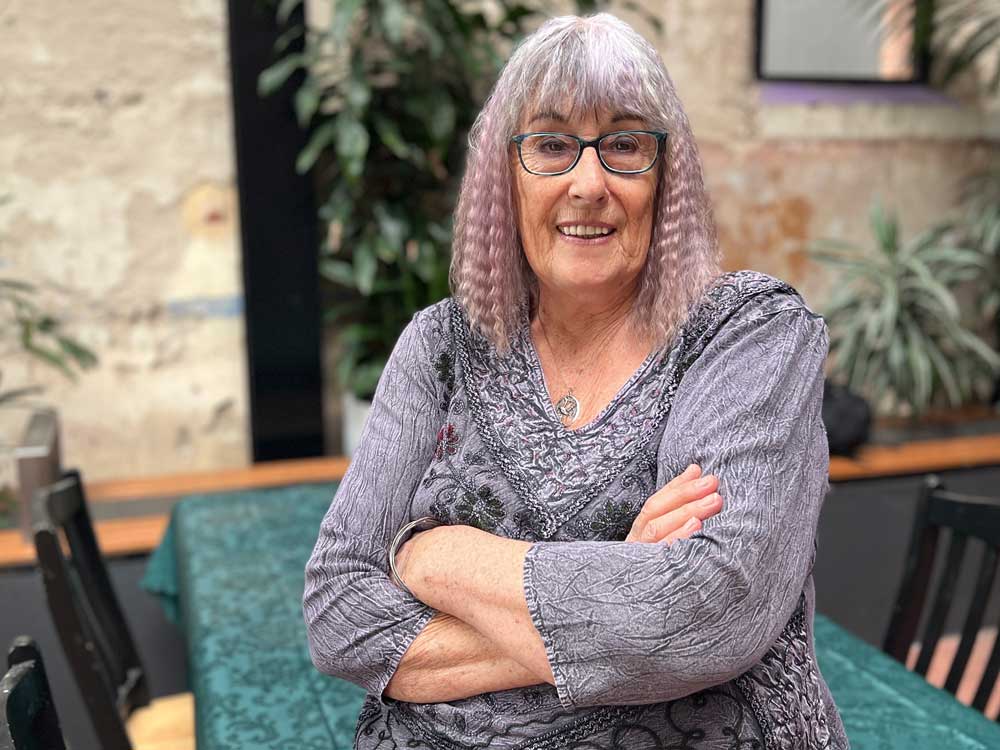How would you introduce yourself?
My daughter would say ‘ageing hippy’! I’d say I’m a mature woman who – as with so many women of my generation – has experienced many joys and suffered much pain throughout her life, who loves her family but enjoys her own company, and who likes dogs, knitting and good cheeses (not necessarily in that order).
Can you tell us about your upbringing and early life experiences that have shaped who you are today?
Born and brought up in Scotland in a middle-class family, I was a post-war baby, and the youngest of three siblings. Mum and dad both worked and I was left to my own devices much of the time. I learned to read early, and enjoyed schoolwork, but my poor eyesight and shyness meant I always felt uncomfortable at school. I preferred my own company, I guess.
By high school I knew I was academically inclined, and I loved to study: teachers were supportive but there was little encouragement from my parents, and, when we moved to Australia I didn’t go back to school. I was fifteen. I was married by age 17.
I was a late starter in academia, having raised four children (much of the time as a single mother) before I finally had the opportunity to enrol in TAFE Women’s Education, a programme that taught me about women, about feminism, and about myself. Without this programme and the women who taught me, I would not have had the confidence to enter university as a mature-age learner. Feminist principles of living and of learning, shaped during that time, have influenced everything I have done since.
Who were some influential figures or role models in your life, and how did they influence your values and aspirations?
They are all women! If I go back to my childhood, my hero was Jane Goodall, because she, like I, loved animals, she was an independent woman and active in her support of the Tanzanian chimpanzees, and she was one of the few single women respected by the media and international community for the work they did, without needing the support of a man.
I also loved singing, and Helen Shapiro was my idol. I hoped to become famous as a pop singer by age 14, like her. That didn’t happen.
Later, Sheila Kitzinger, the natural childbirth activist and author, helped me to understand how well my body was designed to create, to birth, and to nurture new life, and she inspired me to encourage other women (and their partners) to learn, too, how remarkable we women are.
Germaine Greer obviously influenced my values, along with those of probably most women of my generation. Other than that, I return to the women teaching in the Women’s Education programme, whose influence on me has been, and remains, significant.
Negative role models were closer to home, unfortunately, and I always wondered what my mum might have achieved if things had worked out differently for her.
What are some of your proudest achievements or accomplishments, and what do they mean to you?
Without a doubt, my proudest achievement is gaining my doctorate at the culmination of many years of study. With it came a realisation that I was very much at home in academia. I’m sad that I had to wait so long to be in an environment where I felt I belonged, but once I had that doctorate under my belt there was no stopping me, and I worked in universities in South Australia, Victoria, England and Scotland. While this means so much to me, it meant nothing to my parents or siblings.
In fact, I’m not only the first-in-family to attend university, I’m still the only one to complete a university degree.
I’m proud too, of being a mother to my children. They are now adults, some with children of their own, and they mean the world to me.
Looking ahead, what are your hopes and aspirations for the future, both personally and professionally?
I returned to Australia from Scotland aiming to be closer to family and to find work locally. Soon after, my second youngest daughter died, aged just 34. That has knocked the wind out of my sails somewhat. My priority just now is focussing on helping her younger sister and myself move forward from this tragedy.
While I do miss academic work, that’s been put on hold for now, but I am getting some satisfaction from the Master of Human Rights study I’m undertaking with Open Universities Australia.
